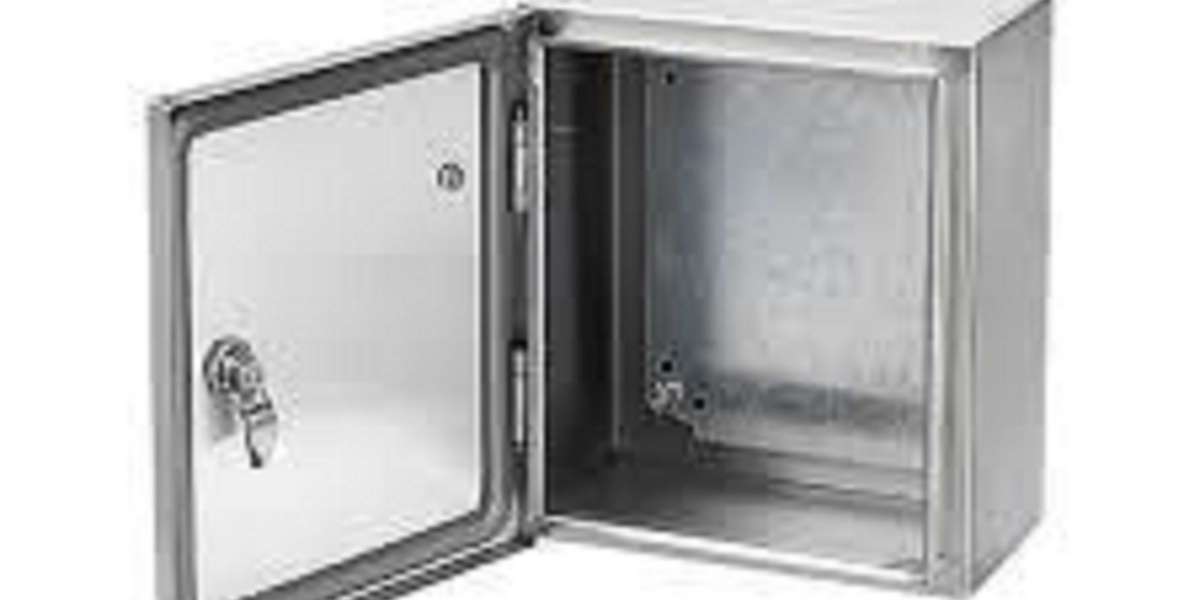Specifying a Weatherproof db box early in a project reduces the risk of moisture-related faults and sets the tone for a reliable installation. Choosing the right enclosure influences maintenance intervals, total cost of ownership, and how easily technicians can service circuits under adverse conditions.
Materials and structural durability
Enclosure material determines how long a unit resists UV, impact, and corrosion. UV-stable polymers and powder-coated metals both offer advantages: polymers reduce weight and resist surface corrosion, while coated metals provide higher mechanical strength where knocks and abrasion are likely. Reinforced corners and captive fasteners prevent deformation and loss of sealing force after repeated openings.
Sealing strategies and ingress protection
True weatherproof performance comes from the complete sealing system, not just a rating on paper. Long-life gaskets, captive lids, and drain channels that divert water away from access points preserve internal dryness. Properly sized cable glands, strain relief, and well-designed entry points ensure that cables do not undermine the seal over time. Interpreting IP and IK ratings in the context of local conditions—splash, jet wash, or heavy dust—helps avoid both over- and under-specification.
Thermal management and component layout
Heat buildup shortens component life and can compromise seals. Provide space for natural convection, add thermal barriers, or specify vents with insect screens where needed. Internal layout affects both cooling and serviceability: raised mounting plates, clear cable routing, and separation of heat-generating elements reduce hotspots. Consider thermal cycling during commissioning to verify that seals and adhesives handle expected temperature swings.
Mounting, protection, and siting considerations
Mounting height, orientation, and proximity to water runoff all change exposure profiles. Position units above likely splash lines, out of direct irrigation trajectories, and away from gutters or drip edges. In high-traffic zones, mechanical protection such as bollards or recessed installations prevents accidental impact. Use vibration-damping fixings near heavy machinery to avoid loosening of connectors and stress on terminations.
Commissioning, testing, and documentation
A thorough handover verifies that installation matches design intent. Record insulation resistance, earth continuity, and torque readings for critical terminals. A simple spray or condensed-water check can confirm ongoing ingress protection without full disassembly. Maintain an as-installed document set—circuit maps, protective device ratings, and spare-part lists—so future technicians can repair systems quickly and safely.
Serviceability and spare-part planning
Designing for service reduces downtime. Modular internals, removable plates, and standardized gasket sizes let technicians replace parts in the field without special tools. Keep a compact kit of common spares—gaskets, glands, fasteners—on site to avoid procurement delays. Standardization across multiple installations simplifies inventory and speeds repairs.
Inspection routines and predictive maintenance
Regular visual inspections catch early seal compression, corrosion, or hinge wear. Electrical checks under load, including thermographic surveys, reveal hotspots before failures occur. Track inspection results over time to spot trends—rising contact resistance or repeated seal compression indicate a need for intervention before a fault impacts operations.
Safety, compliance, and operator training
Compliance with local codes is the baseline; training and labeling elevate safety. Clearly label isolation points, implement lockout/tagout procedures, and train staff to perform basic safe isolations and reset procedures. A short illustrated guide inside the unit or in the handover folder helps non-specialist operators avoid unsafe attempts at repair.
Cost versus lifecycle thinking
A higher initial investment in robust enclosures and installation pays back through fewer service calls, lower spare-part usage, and less production downtime. Evaluate total cost of ownership—installation, testing, spare parts, and expected service life—rather than purchase price alone. Durable, service-friendly designs tend to deliver better long-term value.
Conclusion: prioritize practical resilience
Reliable outdoor power distribution depends on realistic product selection, careful siting, and disciplined maintenance. Prioritize durable materials, effective sealing, thermal planning, and spare-part strategies to keep systems running. For compatible models, accessory options, and detailed specifications, visit www.nante.com/product/













